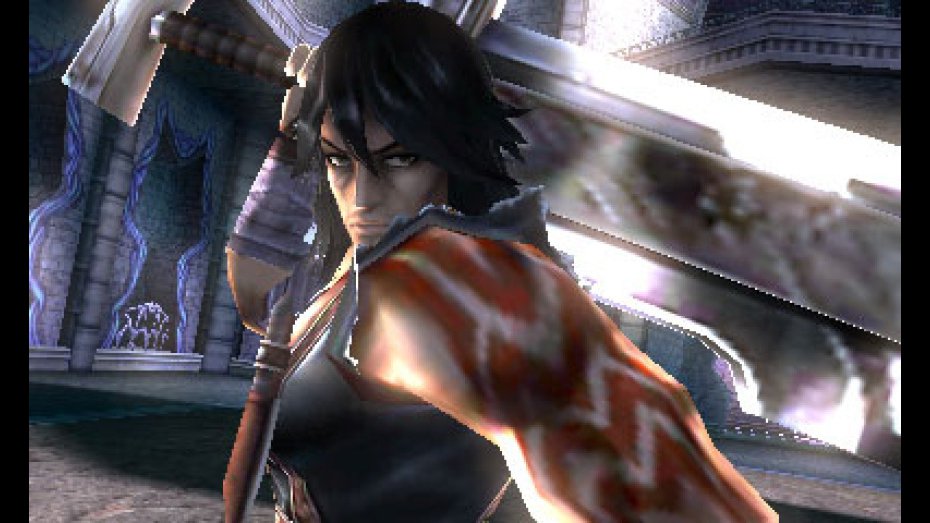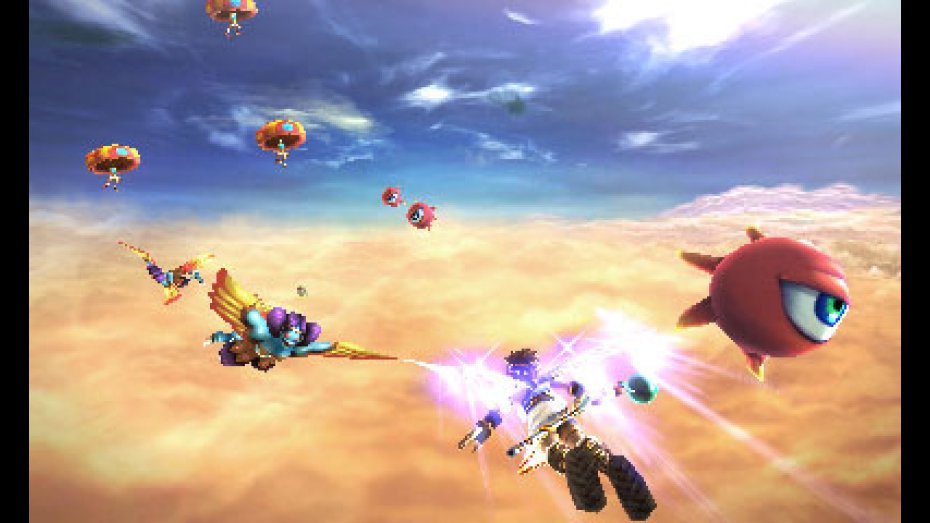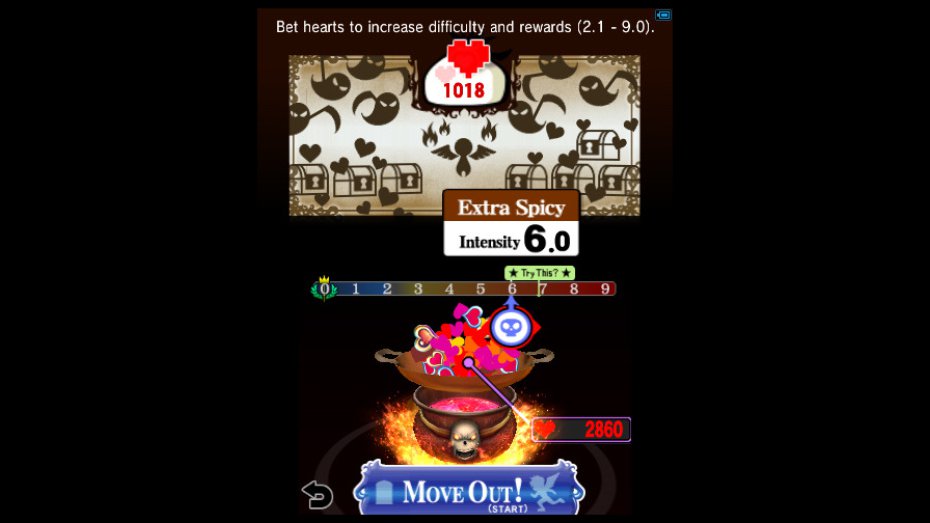This post has not been edited by the GamesBeat staff. Opinions by GamesBeat community writers do not necessarily reflect those of the staff.
It’s been over 20 years since Pit last took to the skies to battle Medusas’ army. Kid Icarus Uprising has been a long time coming, and it was thankfully worth the wait. The game is cute, humorous and filled with action. While it appears as more of childish title, that is definitely not the case. Kid Icarus is fun across the board and just as enjoyable for the hardcore gamer, as it is for the casual one.
The story starts predictably. Medusa is back and Lady Palutena sends Pit to battle the forces of the Underworld. However, the narrative eventually expands and becomes more diverse, throwing the player into unexpected (yet believable) story arcs.
Throughout his adventure Pit will meet a number of new characters; some friend and some foe. Humans, gods, and goddesses will all add their own twist to the story and keep it interesting throughout.

An omninous new character… but is he friend, or foe?
While the plot is decent, the real charm derives from in-game dialogue.
Strangely, the unnaturally humorous writing kept me going even after the gameplay became stale. Banter between rivals like Palutena and Medusa isn’t the usual bickering present in games. Enemies will often joke around – often at Pit’s expense – as much as threaten each other. One aspect I found particularly appealing was how characters would often break the fourth wall. Characters refer to enemies as a boss or mini-boss, and even make references to the first game. Dialogue is also present to provide tips and hints in areas of confusion. Palutena will often alert you of a new enemy’s weak spot, or divulge the secret to defeating a boss.
While the conversation between characters is entertaining ear-candy, it’s unfortunately difficult to pay attention to, due to the high energy of the game. Kid Icarus is loaded with action that requires constant attention. Getting distracted by the dialogue can have disastrous consequences. I often found myself missing important info because I instead decided to concentrate on dodging attacks.
This is especially prevalent during the flying portion of the game, which has you continually performing aerial acrobatics. These segments of the game are on-rails, meaning players simply control Pit’s on-screen position.
While initially interesting, nearly every level begins with you taking flight, and overall there aren’t many creative differences level to level. The environment changes, but at its core it’s the same. This serves to sour the gameplay, particularly later on.

Land battles stray away from the on-rails gameplay, letting you explore how you please. This is where the game runs into its biggest problem. The controls are twitchy and almost ruin the game. I died many times from attempting to evade attacks, when I instead fell off ledges. Additionally, fighting the camera in Kid Icarus can be just as challenging as fending off the Underworld Army.
Eventually, the game becomes manageable after adjusting the controls to your liking, although, even towards the end the controls won’t feel comfortable. Especially in regards to the vehicles, one of which (the Exo tank) stands as some of the worst driving controls in any game period.
As much fun as Kid Icarus is on the 3DS, its gameplay would lend itself to the Wii control scheme much better. Holding the system and using the stylus at the same time is awkward and uncomfortable – so uncomfortable that the game comes with a free system stand to ease player’s pain.
Visually speaking, this game showcases what the 3DS can do fairly well. The smooth textures easily outclass any other 3DS game on the market, besides Resident Evil: Revelations. Though, the visuals do get a bit muddled when playing in 3D. Kid Icarus also exhibits a wide variety of environments between stages. One level has you flying through clouds on a sunny day, while the next may drag you to the dreary Underworld.

One feature of Kid Icarus Uprising that I found particularly innovative was the difficulty system. Uprising throws away the traditional “easy”, “medium”, and “hard” settings in favor of a much more user-friendly method.
You can make the game as dangerous as you want. Before each mission you’re prompted to bet hearts (the in-game currency collected from defeated enemies) to determine a difficulty between one and nine. Playing through on easier difficulties will allow you to breeze through the game, but offers less rewards. While playing at a higher difficulty offers a much greater challenge, but also pays out more.
The game does a good job of recommending what difficulty to play on, reflecting based on performance. That being said, straying from the recommendation can be harmful to the experience. If you go to low, the game may bore you. Too high, and you will be punished by intense, unwavering enemies. In the event of a game over, a portion of your wagered hearts are lost and the challenge automatically scales back. Instead of making you start from the beginning, it will thankfully throw you back a checkpoint.
I was worried that the multiplayer would be a gimmick at first, but it’s surprisingly one of the best parts of Kid Icarus. Grabbing a friend or two and launching into one of the game’s two multiplayer modes can be endlessly entertaining. “Light vs Dark”, which is essentially just a team battle, and free-for-all are the only two modes present on the game, but it doesn’t really need others. I’m not exaggerating when I saw hours can be lost to Kid Icarus’ multiplayer.
All in all, Kid Icarus Uprising is a solid game that suffers from a few problems. Controls are frustrating at first, but become more bearable over time. The charm of the story, character dialogue, great visuals, and addictive multiplayer greatly outweighs any bad aspects of the game. Kid Icarus is a must buy for any 3DS owner.
